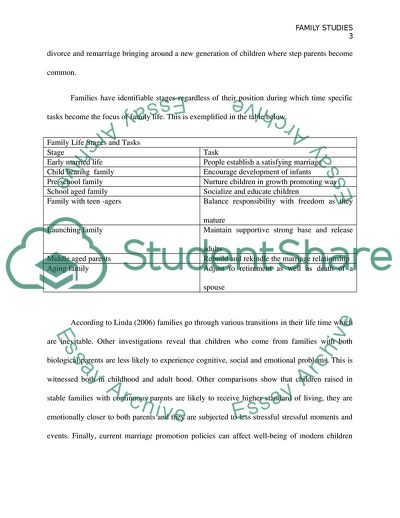Cite this document
(Issues of Cohabitation and Parenting Styles Research Paper Example | Topics and Well Written Essays - 3000 words, n.d.)
Issues of Cohabitation and Parenting Styles Research Paper Example | Topics and Well Written Essays - 3000 words. https://studentshare.org/family-consumer-science/1821729-issues-of-cohabitation-and-parenting-styles
Issues of Cohabitation and Parenting Styles Research Paper Example | Topics and Well Written Essays - 3000 words. https://studentshare.org/family-consumer-science/1821729-issues-of-cohabitation-and-parenting-styles
(Issues of Cohabitation and Parenting Styles Research Paper Example | Topics and Well Written Essays - 3000 Words)
Issues of Cohabitation and Parenting Styles Research Paper Example | Topics and Well Written Essays - 3000 Words. https://studentshare.org/family-consumer-science/1821729-issues-of-cohabitation-and-parenting-styles.
Issues of Cohabitation and Parenting Styles Research Paper Example | Topics and Well Written Essays - 3000 Words. https://studentshare.org/family-consumer-science/1821729-issues-of-cohabitation-and-parenting-styles.
“Issues of Cohabitation and Parenting Styles Research Paper Example | Topics and Well Written Essays - 3000 Words”. https://studentshare.org/family-consumer-science/1821729-issues-of-cohabitation-and-parenting-styles.


